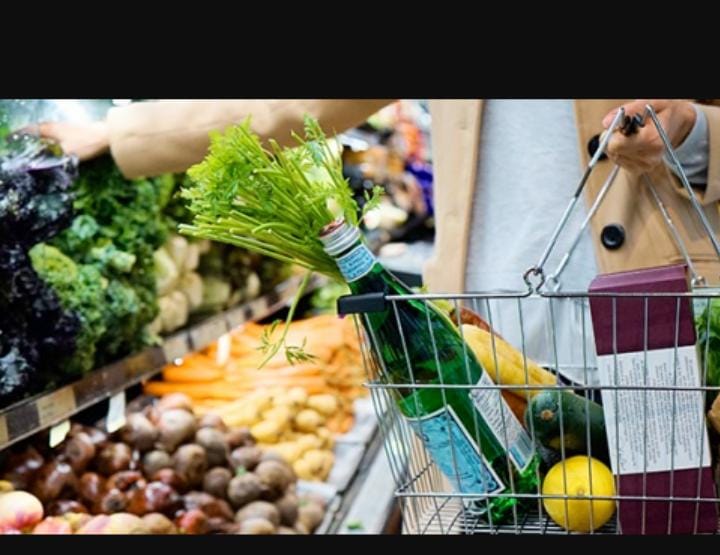
In the latest release of Canada’s Food Price Report for 2024, experts anticipate a notable shift in the inflationary trends impacting the nation’s grocery sector. Contrary to the challenges faced in 2023, the report projects a moderated increase of 2.5 to 4.5 percent in overall food costs for the upcoming year. This forecast, outlined in the 14th annual food price report, sheds light on Canadians’ adaptive strategies amidst inflation, revealing a nuanced perspective on the evolving dynamics of the country’s food economy.
Sylvain Charlebois, professor and director of the Agri-Food Analytics Lab at Dalhousie University, emphasizes a forthcoming “soft landing” for inflation, anticipating potential price wars in the competitive landscape. The report attributes the previous surge in prices to various factors, including climate-induced challenges such as wildfires and flooding affecting harvests.
According to the report, Canadians have shown resilience in managing their spending habits, with retail food sales data indicating a decline in monthly expenditure per capita. The evolving landscape presents opportunities for consumers to find relief in specific food product categories. Charlebois notes positive prospects for products like coffee, flour, wheat, and dry pasta, with dairy prices expected to see moderate increases.
However, challenges persist in certain sectors, with Charlebois highlighting potential high costs in the meat, vegetable, and bakery categories. Factors such as droughts impacting beef production, Avian Flu affecting poultry, and decreased hog farming contributing to pork scarcity are identified as drivers for potential price hikes.
Despite these challenges, Charlebois reassures Canadians that the worst may be behind them, fostering a sense of optimism for 2024. He cautions against anticipating deflation, emphasizing the need for a balanced approach that ensures fair deals for consumers while sustaining the food industry.
The report also delves into the broader socioeconomic impact, recognizing the interplay between food costs and the rising expenses associated with rent, utilities, and personal debt. The annual expenditure for a typical family is analyzed, reflecting both the strain of inflation and the adaptive measures taken by Canadians to navigate these economic challenges.
Additionally, the report addresses the corporate responsibility of major grocers, highlighting the government’s call for detailed plans to stabilize food prices. The concerns about corporate behavior, including allegations of profiteering, underscore the importance of addressing food affordability for the general populace.
In a parallel narrative, another article projects a milder food price inflation scenario for 2024, indicating a shift from the higher rates experienced in 2023 and 2022. Key findings suggest a potential mild deflationary trend, leading to lower prices for essential food items. The report underscores the multifaceted drivers of food price inflation, including climate change, energy costs, geopolitical tensions, and regulatory policies.
As Canadians continue to grapple with the repercussions of inflation, the intricate dance between consumer behavior, corporate strategies, and external factors shapes the evolving narrative of Canada’s food landscape in 2024.

